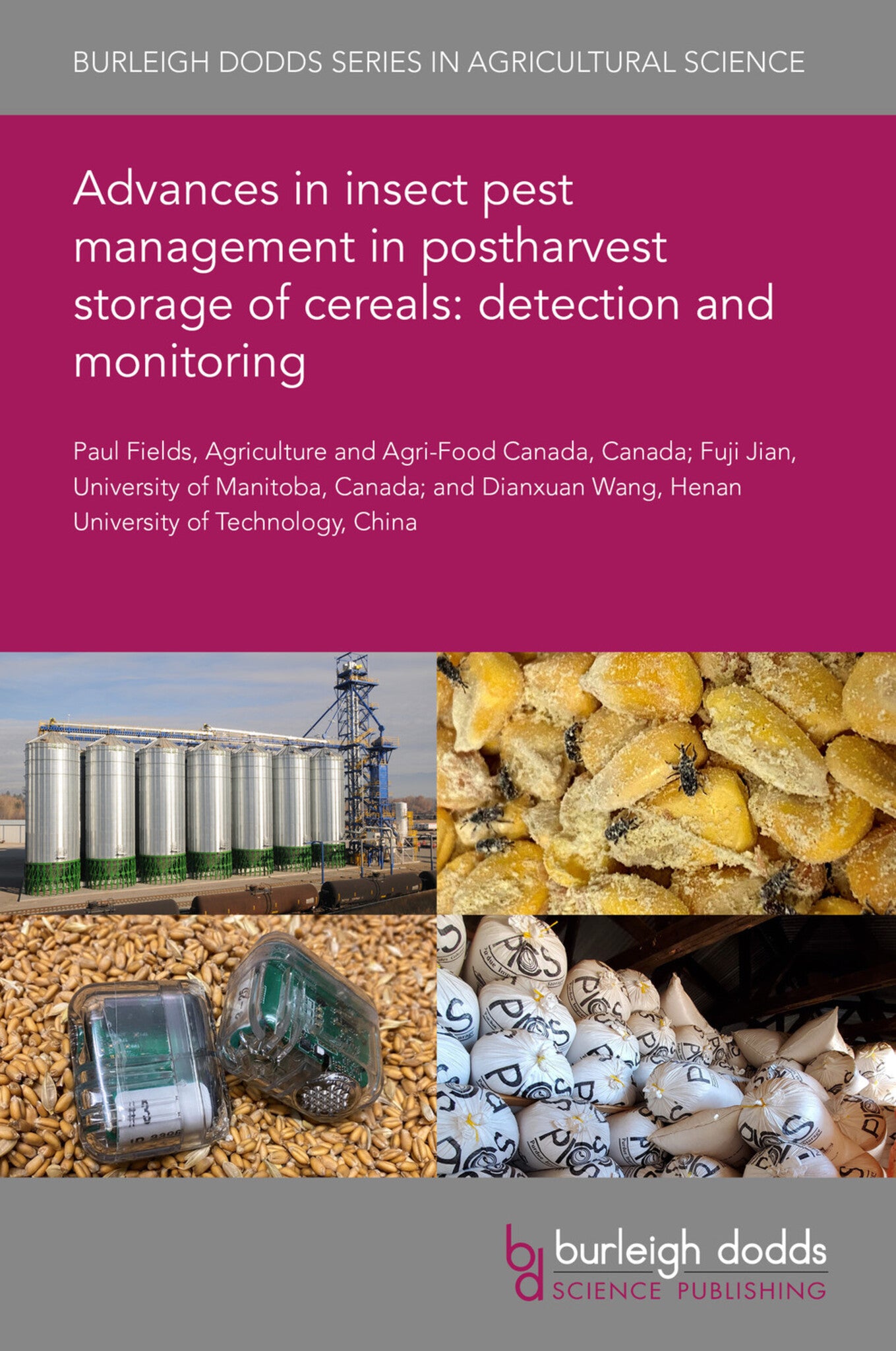We're sorry. An error has occurred
Please cancel or retry.
Advances in insect pest management in postharvest storage of cereals: detection and monitoring
Regular price
£25.00
Sale price
£25.00
Regular price
£25.00
Unit price
/
per
Sale
Sold out
Re-stocking soon
Sampling grain for stored grain insects is expensive in time and resources. Stored-product insects which damage the grain are small, cryptic and often difficult to find. Many of the sampling method...
Read More

Some error occured while loading the Quick View. Please close the Quick View and try reloading the page.
Couldn't load pickup availability
- Format:
-
24 August 2020

Sampling grain for stored grain insects is expensive in time and resources. Stored-product insects which damage the grain are small, cryptic and often difficult to find. Many of the sampling methods are unreliable and prone to false negatives. There are two broad types of estimates of population that sampling will provide: absolute or relative. Absolute estimates of population densities for a given unit; grain sample (weight), area of floor (area) or air sample (volume). Insects are extracted from the sample, identified and counted. Relative estimates can use traps to catch insects. There are several factors that effect trap catch including species, grain temperature, trap placement, trap type and last but not least insect population density. In this chapter, the authors outline the methods of detecting insects; imaging, NIR, visible light, microwaves, X-rays, sound, and DNA. Sampling theory is discussed with respect to sample number, sample unit and sample size, economic thresholds, sequential sampling and predictive models.

Price: £25.00
Publisher: Burleigh Dodds Science Publishing
Imprint: Burleigh Dodds Science Publishing
Series: Burleigh Dodds Series in Agricultural Science
Publication Date:
24 August 2020
ISBN: 9781786767639
Format: eBook
BISACs:
TECHNOLOGY & ENGINEERING / Agriculture / Agronomy / Crop Science, Agronomy and crop production, TECHNOLOGY & ENGINEERING / Agriculture / Sustainable Agriculture, Sustainable agriculture

1 Introduction 2 How to sample 3 Sampling theory 4 Future trends in research 5 Where to look for further information 6 Acknowledgements 7 References



